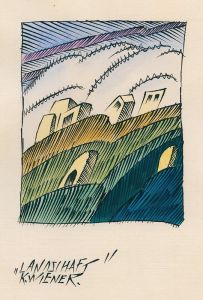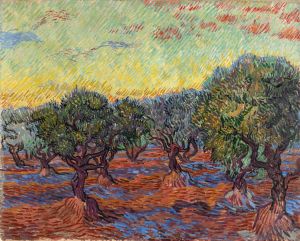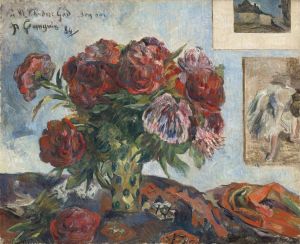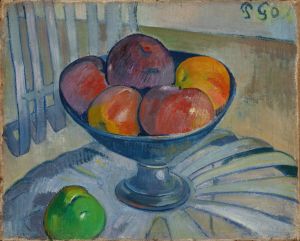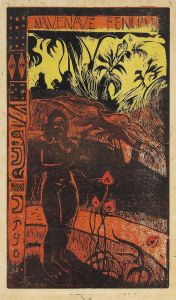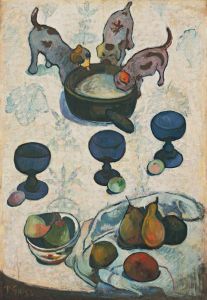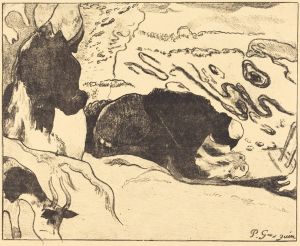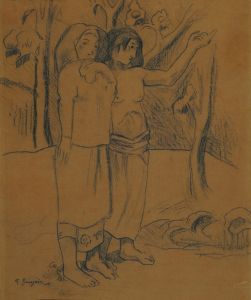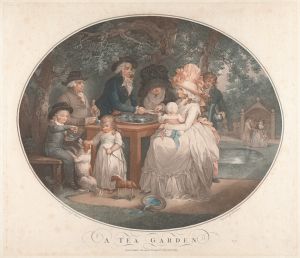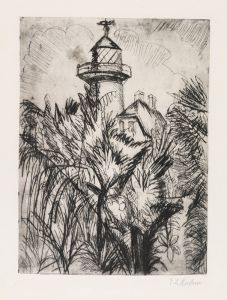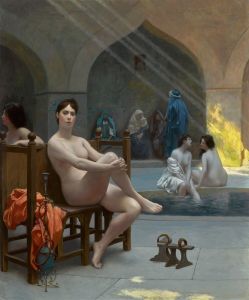
Mata Mua
A hand-painted replica of Paul Gauguin’s masterpiece Mata Mua, meticulously crafted by professional artists to capture the true essence of the original. Each piece is created with museum-quality canvas and rare mineral pigments, carefully painted by experienced artists with delicate brushstrokes and rich, layered colors to perfectly recreate the texture of the original artwork. Unlike machine-printed reproductions, this hand-painted version brings the painting to life, infused with the artist’s emotions and skill in every stroke. Whether for personal collection or home decoration, it instantly elevates the artistic atmosphere of any space.
Mata Mua (In Olden Times) is a painting created in 1892 by the French Post-Impressionist artist Paul Gauguin. The work is one of Gauguin's most iconic pieces from his time in Tahiti, where he sought to escape European civilization and immerse himself in what he perceived as a more "primitive" and unspoiled culture. The painting reflects Gauguin's fascination with Tahitian life, mythology, and traditions, though it is important to note that his depictions were often romanticized and filtered through his own artistic and cultural lens.
The composition of Mata Mua depicts a vibrant and idyllic scene of Tahitian women engaged in daily activities and rituals. In the foreground, a group of women is shown seated, with one playing a flute-like instrument. To the right, another woman stands, gazing into the distance. The background features a lush, tropical landscape with a mountain and a tree, under which a figure appears to be performing a ceremonial act, possibly in homage to a deity. The painting's title, "Mata Mua," translates to "In Olden Times," suggesting Gauguin's intent to evoke a sense of nostalgia for a pre-colonial, mythical past.
Gauguin's use of color in Mata Mua is striking and characteristic of his style. The palette is dominated by warm, earthy tones—reds, oranges, and yellows—contrasted with cooler greens and blues. The flattened perspective and bold outlines reflect his departure from traditional Western artistic conventions, influenced by both Tahitian art and Japanese prints.
Mata Mua was part of Gauguin's broader effort to capture what he saw as the spiritual and cultural essence of Tahiti. However, his works, including this painting, have been critiqued for their idealized and often inaccurate portrayal of Tahitian life. Gauguin's interpretations were shaped by his own imagination and Western preconceptions, rather than an authentic representation of the local culture.
The painting has had a complex history in terms of ownership. It was once part of the collection of the Spanish banker and art collector Carmen "Mamen" Thyssen-Bornemisza. In 2020, Mata Mua gained attention when it was withdrawn from public display at the Thyssen-Bornemisza Museum in Madrid due to a dispute over its loan terms. This highlighted ongoing debates about the accessibility and ownership of significant cultural artifacts.
Today, Mata Mua remains a significant example of Gauguin's work and a subject of study for its artistic, cultural, and historical implications. It continues to evoke discussions about colonialism, cultural representation, and the role of art in shaping perceptions of other societies.





